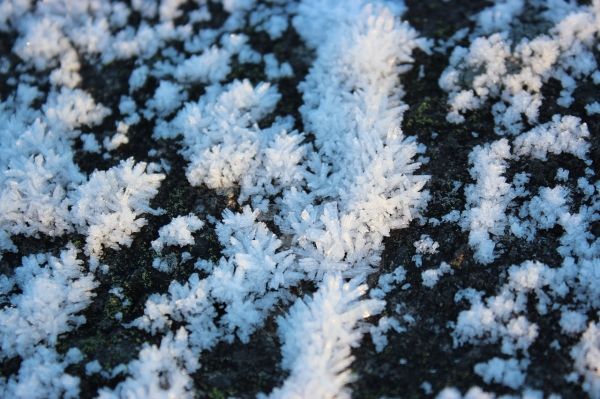Permafrost is known to occur in high mountainous areas such as the Daisetsu Mountains in Japan, which are located at the southernmost limit of the permafrost distribution in the world. In this study, areas with climatic conditions suitable for sustaining permafrost in the Daisetsu Mountains are projected. The size of the area in the Daisetsu Mountains where climatic conditions are suitable for permafrost was estimated to be approximately 150 km2 in 2010. Under the business-as-usual scenario (RCP8.5), this area is projected to disappear by around 2070. Under the low-carbon scenario consistent with the Paris target (RCP2.6) scenario, the area is projected to decrease to approximately 13% of the area in 2010 by 2100. The degradation of mountain permafrost could potentially affect the stability of trekking trails due to slope displacement, and it may also have deleterious effects on current alpine ecosystems. It is therefore important to accurately monitor changes in the mountain ecosystem environment and to implement measures to adapt to an environment that is projected to change significantly in the future.
Areas with ground temperatures that remain below 0°C for more than two years are referred to as permafrost, and approximately one quarter of the Northern Hemisphere and 17% of the Earth’s exposed land surface is permafrost. Permafrost is found in mountainous areas as well as in high-latitude tundra and taiga regions. Recent observations have shown that the permafrost in mountainous areas is thawing in the European Alps, Scandinavia and on the Tibetan Plateau.
The islands that make up Japan form a long arc that extends from tropical regions in the south to Palearctic regions in the north. Permafrost has been reported to exist in the Daisetsu Mountains, Mt. Fuji, and Mt. Tateyama. The Daisetsu Mountains on the northern island of Hokkaido, which are known to support a variety of alpine plants and animals, are also a valuable natural resource that is visited by numerous climbers every year (Picture 1). However, there is some concern that the thawing of permafrost will have a major impact on this mountain ecosystem. No projections of future permafrost distribution have been undertaken in East Asia, including in Japan, to date.
In this study, by applying the statistical method developed in a previous study for estimating the permafrost distribution to outputs from bias-corrected and downscaled climate models with a 1 km resolution for the area of interest, we investigated the climatic conditions required to sustain permafrost in the Daisetsu Mountains.
Read more at National Institute for Environmental Studies
Photo Credit: GiB84 via Pixabay


